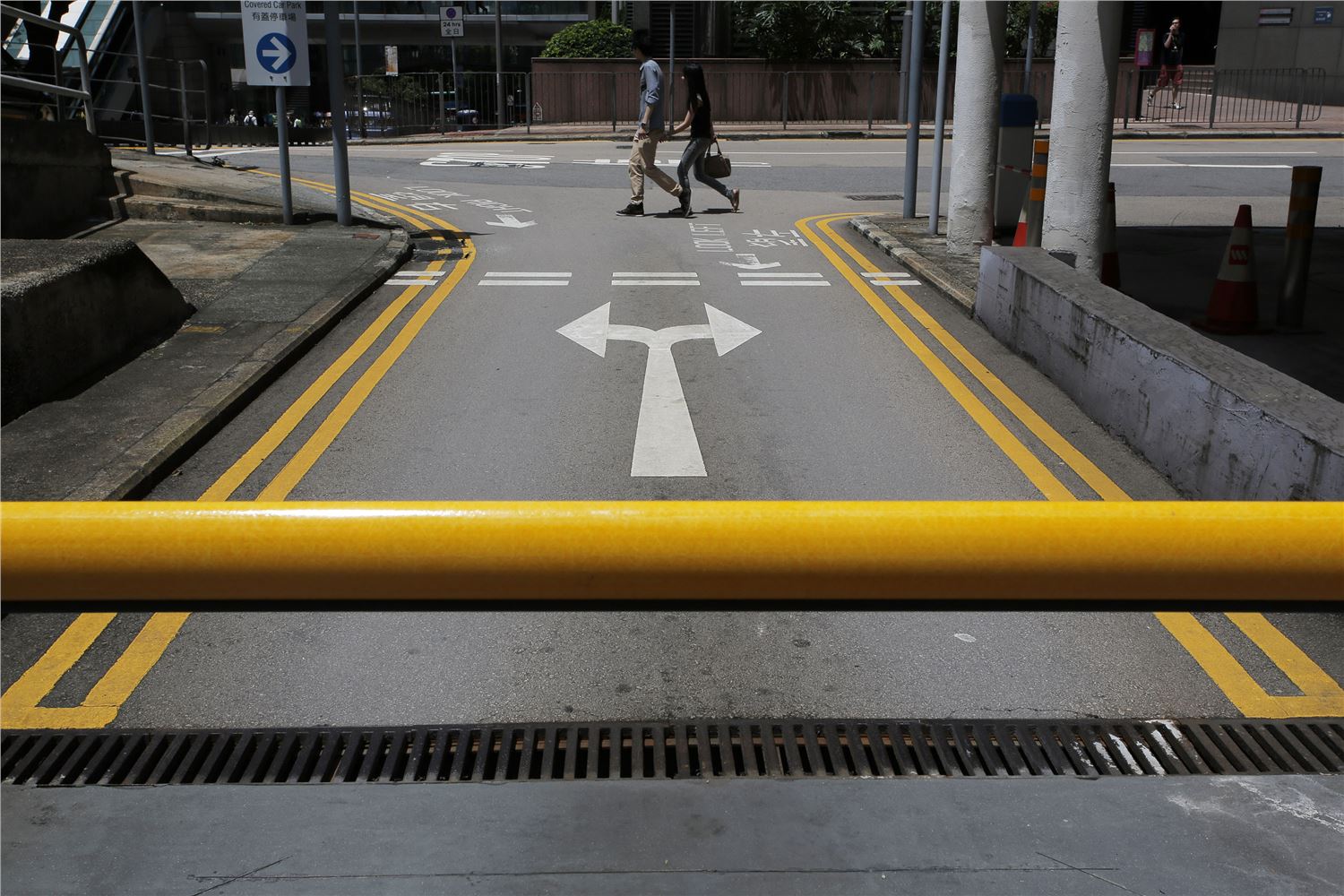
Many are stumped by the question of what is ‘enough’ in a saving pot for retirement. For those who plan to retire in Hong Kong, the level of ‘enough’ will need to include sky-high home prices, which could leave a gap in several retirement plans.
A back-of-the-envelope calculation shows that a retiree in Hong Kong is expected to live at least 20 years more after the unofficial retirement age of 65 (Data shows, median male life expectancy is at age 82, and women should plan to live to 88 years). After taking on the arduous effort to pay off the mortgage for the very pricey homes, how much would end up jangling in your pockets?
The 3-Legged Stool
In many countries, the three-legged stool approach is commonly used by retirees. The three ‘legs’ of the stool traditionally are as follows: 1. Pension, 2. Social Security 3. Personal Savings. However, over the past few decades all of these have become less dependable. Our research shows that investors can make the greatest impact by:
- Saving more. Workers should save 10% to 15% of their income for retirement.
- Paying less. Low fees are the greatest indicator of investing success.
- Investing for the long term. Trying to time in and out of markets is risky and can quickly eat away at your hard-earned savings.
Today, I created a three-component list that those who reside in Hong Kong would find more relevant. To note, perpetual pension income in Hong Kong may take only a minimal fraction of your salary, far from sufficient to cover basic expenses. Retirees in Hong Kong are financed by the state budget on two schemes: A means-test allowance of HK$ 2,495 (US$ 321) for those aged above 65 and a non-means-tested HK$1,475 monthly allowance for over 70-year-olds. To factor in the cost of living, the average monthly rent of private apartments in Hong Kong Island is roughly HK$ 400 per square meter. A lease for a typical one-bedroom apartment charges around HK$20,000 every month.
There emerges a real need to start and prepare in the early stages of your life for a pleasurable retirement. Here are three things on the checklist.
1. MPF portfolio
For every employed individual in Hong Kong, studying your compulsory contributions to the Mandatory Provident Fund scheme can be an easy start to prepare your retirement plan.
The compulsory part is stipulated to be 5% of each month’s salary, while the employer matches another 5%. Each month, the mandatory part tops HK$3,000. Indeed, the sum seems rather small to call it a full “retirement pot”. Do not overlook the compounding it will carry for several decades onwards, though. According to Morningstar Direct, the median of total annualized returns among 349 MPF funds were 8.79% and 4.49% over the past five and ten years, respectively. The average for the corresponding period was 7.92% and 4.24%. That means, by selecting the right mix of risk-return profiles, you’ll see the results of compounding at a decent rate over time.
2. Savings
The rule of thumb to build a savings pot is to split your expenses into needs and wants, while the rest goes into savings. U.S. Senator Elizabeth Warren came up with a 50-30-20 rule.
This basic budgeting rule gets you to split your after-tax income into three categories:
- 50 per cent into spending on 'needs' – living expenses and the essentials
- 30 per cent into spending on 'wants' – things you want but don't necessarily need
- 20 per cent into 'savings' – working towards your financial goals
‘Needs’ that cover very basic living expenses -- housing costs, utilities, and food should take around 50% of your wage. While the medical expenses in Hong Kong are entirely not paid by the state budget, many people would consider a subscription to an insurance policy and the expenses would also fall into the ‘need’ category.
The next 30% is on ‘wants’ that fulfill your desires, like a new mobile phone, a pair of new sports pants, or fancy meals out – basically something you can live without. For this ‘spending’ portion, it makes sense to leave it in cash, that you can put it with a higher-yielding bank deposit program. At this point, some virtual banks probably offer you your best source of deposit yield, but even there it's not likely to bank in a large sum that yields much more than 1%.
This then leaves you with the balance. Following this rule, every month you can set aside 20% of your wages for savings. There are certainly different ways to do it. After all, you can jiggle the percentage mix to suit your financial goals and lifestyle.
On a side note, in addition to saving for retirement, you can also set up an emergency fund that tackles shorter-term, sudden financial needs. At one point in your life, you might encounter an unexpected event. With this additional financial support, you do not have to deplete your hard-earned savings or raise a heavy debt that could turn into a future burden. One example is in case you lose your job, you could ensure basic living needs and pay down recurring debts such as mortgage payments. According to Christine Benz, director of personal finance at Morningstar, the usual amount for the cushion fund can range between three and six months’ worth of living expenses.
3. Personal Portfolio
Last but not least, we come to the more complicated part in terms of your years-long preparation. Before arriving at the retirement stage, relying on savings and the ultra-low rate won’t get you through the 20-year retirement. There has to be an engine of building wealth taking a longer-term view. The best way to get started in investing, according to Benz, is to learn diversification. In terms of instruments, she believes: “The vast majority of young investors would be better off with a total market index fund. ESG index funds may also be the right thing, depending on your young person's interests.”
There is no shortcut to a long-drawn goal that is like saving for retirement. It is great if you have started and been on track with all the three items in the list as sizable efforts follow as the plan would demand discipline, review and monitoring on an ongoing basis.
©2021 Morningstar. All rights reserved. The information, data, analyses and opinions presented herein do not constitute investment advice; are provided as of the date written, solely for informational purposes; and subject to change at any time without notice. This content is not an offer to buy or sell any particular security and is not warranted to be correct, complete or accurate. Past performance is not a guarantee of future results. The Morningstar name and logo are registered marks of Morningstar, Inc. This article includes proprietary materials of Morningstar; reproduction, transcription or other use, by any means, in whole or in part, without prior, written consent of Morningstar is prohibited. This article is intended for general circulation, and does not take into account the specific investment objectives, financial situation or particular needs of any particular person. Investors should consult a financial adviser regarding the suitability of any investment product, taking into account their specific investment objectives, financial situation or particular needs, before making any investment decisions. Morningstar Investment Management Asia Limited is licensed and regulated by the Hong Kong Securities and Futures Commission to provide investment research and investment advisory services to professional investors only. Morningstar Investment Adviser Singapore Pte. Limited is licensed by the Monetary Authority of Singapore to provide financial advisory services in Singapore. Either Morningstar Investment Management Asia Limited or Morningstar Investment Adviser Singapore Pte. Limited will be the entity responsible for the creation and distribution of the research services described in this article.












.png)



.jpg)





